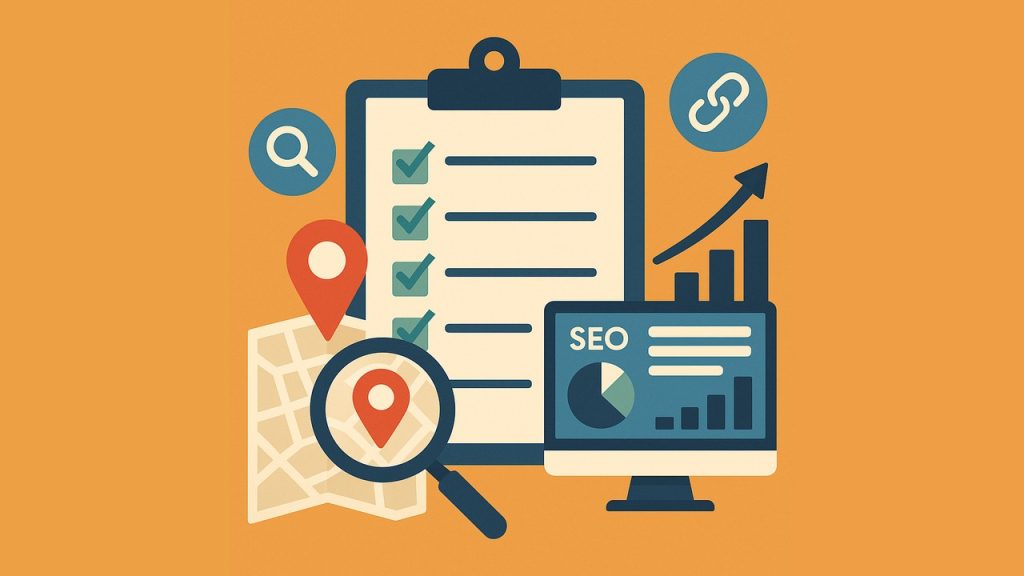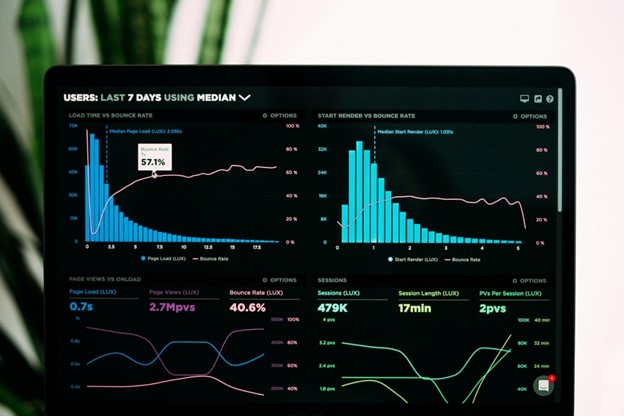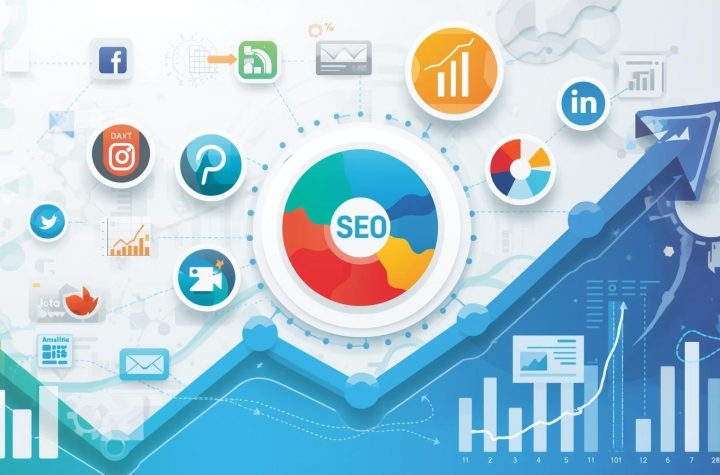
If you want Google to recommend your website when locals search for your business, you should prioritize local SEO. You can start with Google My Business and go on doing everything that can benefit your business in local searches. If you don’t have a local SEO checklist in 2025, you can find it in our blog.
Full Checklist for Location-Based SEO
1. Optimize Your Google My Business Profile (GMB)
Google continues to favour GMB profiles for local search rankings. If you haven’t claimed and verified your profile, you should do it ASAP. Share your business details, like NAP (Name, Address, Phone) and service timings with viewers. Use relevant keywords in the business description to attract Google and post information about your business in your profile. Encourage the viewers to review your business and respond to all reviews.
2. Ensure Consistent NAP Across the Web
NAP (Name, Address, Phone) consistency across all online platforms, like directories, social media, and review sites, is a crucial part of the local SEO checklist. Google trusts data consistency and cross-references NAP details to validate business legitimacy. In case, it finds differences in your NAP details, it can lower your search ranking and sabotage your expansion plans. For this reason, it is necessary to audit all citations for NAP consistency and update the details whenever you have NAP changes.
3. Build Local Citations
Local citations are local signals to your business. The good thing is you can build local citations by listing your business in trusted directories, such as Yelp, Bing Places, Apple Maps, and Just Dial. However, you can find more directories to increase your digital footprint. The only precaution you need to take with local citations is the accuracy of details. Experts recommend quarterly audits of all citations to maintain accuracy. Keep building citations with accurate details to get some brownie points.
4. Master On-Page SEO for Local
Look beyond local keywords’ incorporation in website structure and content. Google relies heavily on local on-page signals to match websites with nearby searches. You will optimize the meta description with the targeted city/area, but Google wants you to do more. Using schema markup and embedding Google Maps in your website can boost your SEO ranking. In case you serve multiple areas, you will need location-based landing pages to represent your business. Finally, you can add client testimonials, case studies, or awards to win Google’s trust.
5. Generate and Manage Reviews
No local SEO checklist is completed without user-generated reviews. They build trust and rankings, and influence conversions. They also help in managing a strong online reputation. Satisfied customers can leave reviews with little encouragement, but you should proactively ask everyone visiting your site to leave reviews. You should reply to all reviews (positive and negative) to maintain clarity in business communication. Look for multiple review platforms for communication and use keywords in your replies to strengthen your local ranking.
6. Develop Locally Relevant Content
Carefully crafted content describing the value created by a business for targeted audiences builds authority and relevance. For example, writing regular blogs on local news and events relevant to your business can help build authority. Sharing community involvement stories and case studies improves business relevancy. You can create video testimonials of local customers to share on social media. Local influencers can also help connect to your audience and build authority.
7. Optimize for Mobile and Voice Search
We’ve included it in our local SEO checklist because Google values mobile responsiveness and voice search capability. A fully mobile-responsive website with fast and lightweight themes can be a boon for your business. The thing you need to do is strengthen your Core Web Vitals and optimize the site for conversational queries. Adding an FAQ section matching voice search intent can further enhance your capability. We suggest you keep your phone number clickable for quick communication.
8. Earn High-Quality Local Backlinks
Google counts every backlink as a vote. Also, in the local SEO checklist, backlinks signal the authority and trust of the community. With backlinks, you can strengthen your domain authority and boost your ranking for local keywords. For backlinks, you can partner with local bloggers, like news sites. Sponsoring community events can also help earn some quality backlinks. Donating to local charities and collaborating with local influencers are also trustworthy ways to get backlinks.
9. Track, Analyze, and Improve
Get up and measure your results to ensure success in local SEO. Setting a monthly or quarterly review would be a good start to stay ahead of trends and make continuous improvements. The views, calls, and direction requests in your GMB profile show progress. Google Search Console can show your website performance on organic keywords. Review analysis can give an insight into our public image. Keeping an eye on competitors is also necessary for a performance comparison.
10. Embrace AI and Automation
AI is here to stay, and it can help human local SEO efforts in many ways. For example, AI can help monitor and respond to reviews faster than a human. Automating citation audits and updates minimizes human errors. Chatbots improve customer satisfaction. AI writing tools can help generate informative, interesting, and relevant content. You can keep your GMB profile fresh by automating Google Posts. An experienced SEO company in Noida can help with AI optimization of your site.
Bottom Line
Local businesses need not worry about competition from global brands. They can perform well with local SEO. Google My Business is for everyone, including brick-and-mortar businesses. They can generate leads through phone calls and direction requests. With a systematic and proactive approach to local SEO, you can dominate the targeted area. Local SEO is a marathon approach, for which you will need a detailed local SEO checklist. Stay connected to your targeted audience and monitor your performance to build long-lasting relationships.
FAQs:
1. How to optimize Google My Business profile?
Use relevant keywords in business descriptions, add high-quality images and videos of your business, and use Google Posts to promote offers and events.
2. How to ensure NAP consistency?
Use a consistent format for NAP updates across all online platforms and listing websites. Also, check embedded maps on your website for accuracy.
3. How to build local citations?
Explore niche directories matching your business and submit to local business associations for local citations.
4. Which are leading review platforms other than Google?
Trustpilot, Tripadvisor, Yelp, Angi, Amazon, Facebook, Glassdoor, and Yellow Pages are some of the leading review websites you can approach to encourage reviews.
5. Which tools are popular for performance tracking?
You can use BrightLocal, Semrush, Moz Local, Aherfs, Yext, or Local Falcon to monitor the performance of your site within a given time frame.




More Stories
From Zero to Job-Ready: What a Practical Digital Marketing Course Provides.
The Power of Social Media Photography for Branding
How will Generative AI Impact Website Rankings and Traffic?